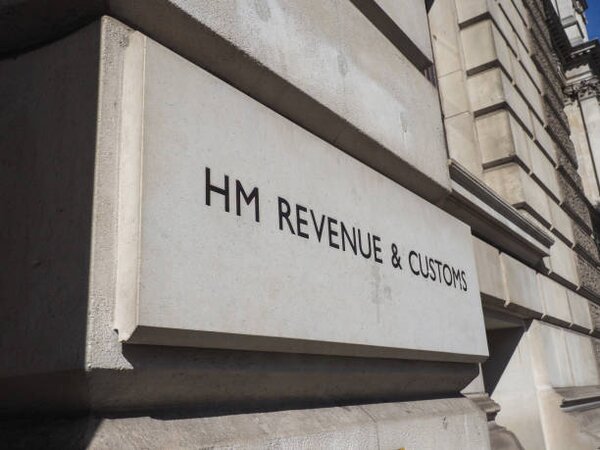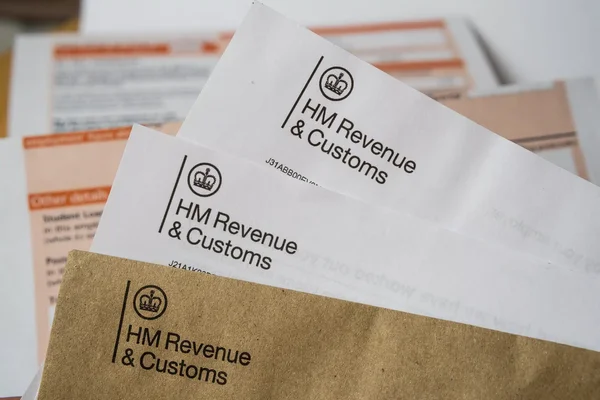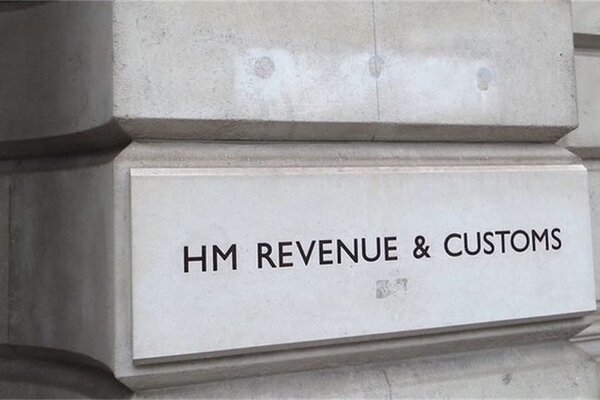Everything You Need to Know
Inheritance tax (IHT) is a tax on the estate of someone who’s died, including all their property, money and possessions. Not everyone pays inheritance tax as it’s only due if your estate exceeds a certain threshold. Using an inheritance tax calculator can help individuals estimate their potential tax liabilities.
The standard inheritance tax rate in the UK is 40%. However, this doesn’t mean you’ll pay 40% on the entire million pounds. Your tax-free allowances and beneficiaries make a significant difference to your final bill.
Inheritance Tax Threshold and Liability
Inheritance tax is a levy on the transfer of property from one person to another upon death. For the 2024-2025 tax year, the inheritance tax threshold stands at £325,000 for a single individual and £650,000 for a married couple. This threshold represents the portion of the estate that is exempt from inheritance tax.
Additionally, there’s the residence nil-rate band, an extra tax-free allowance of up to £175,000, which can be used when passing on a main residence to direct descendants, such as children or grandchildren. This means that a single person could potentially pass on up to £500,000 tax-free, while a married couple could pass on up to £1 million without incurring inheritance tax.
The standard tax rate is 40% on the amount above the threshold. This tax is applicable to the total value of the estate, including property, savings, and other assets.

Calculating Inheritance Tax
Calculating inheritance tax can seem daunting, but breaking it down into steps can simplify the process. First, determine the total value of the estate, which includes all assets such as property, savings, and investments. Next, subtract any debts, funeral expenses, and other liabilities from this total to get the net value of the estate.
Once you have the net value, apply the inheritance tax threshold. For a single person, this is £325,000, and for a married couple, it is £650,000. Any amount above this threshold is subject to a 40% tax rate. If the estate includes a main residence being passed to direct descendants, the residence nil-rate band of up to £175,000 can further reduce the taxable amount.
For example, if a single person’s estate is valued at £1 million, the calculation would be as follows:
- Estate value: £1,000,000
- Less inheritance tax threshold: £325,000
- Less residence nil-rate band: £175,000
- Taxable amount: £500,000
- Inheritance tax at 40%: £200,000
How much inheritance tax will I pay on 1 million?
On a £1 million estate, you could pay up to £270,000 in inheritance tax without any planning or exemptions. This calculation accounts for everyone’s tax-free allowance (the Nil-Rate Band) of £325,000.
The basic calculation is: (£1,000,000 - £325,000) × 40% = £270,000 in tax. However, your actual bill might be considerably lower depending on your circumstances. The inheritance tax payable is determined by the thresholds and exemptions, such as the Nil-Rate Band and the Residence Nil-Rate Band.
If you’re leaving your home to your children or grandchildren, you receive an additional allowance called the Residence Nil-Rate Band, worth up to £175,000. With both allowances, a single person could pass on £500,000 tax-free, reducing the tax bill on £1 million to £200,000. The inheritance tax to pay can also vary based on the timing of gifts made before death, particularly emphasizing the '7 year rule'.
Married couples can combine their allowances, potentially passing on up to £1 million completely tax-free to their children. This represents significant savings through proper planning.

Inheritance Tax Rates and Rules
Understanding inheritance tax rates and rules is crucial for effective estate planning. The standard inheritance tax rate is 40% on the value of the estate above the threshold. However, several exceptions and reliefs can help reduce this tax burden.
One significant relief is the residence nil-rate band, which allows an additional £175,000 to be passed on tax-free if the main residence is left to direct descendants. Charitable donations also offer tax benefits; leaving at least 10% of your estate to charity can reduce the inheritance tax rate on the remaining estate from 40% to 36%.
The 7-year rule is another important aspect of inheritance tax planning. Gifts made within seven years of death are included in the estate for tax purposes. However, the tax rate on these gifts tapers down if they were made between three and seven years before death. For estates worth more than £2 million, the residence nil-rate band is gradually reduced, a process known as taper relief.
What exemptions could reduce my inheritance tax bill?
The most substantial exemption applies to spouses and civil partners, allowing you to leave everything to your partner completely tax-free. Additionally, gifts to charities are exempt from inheritance tax, and leaving at least 10% of your estate to charity can reduce the tax rate on the remainder from 40% to 36%. It is crucial to ensure timely inheritance tax paid to avoid interest charges, and executors play a key role in managing this tax.
Gifts made during your lifetime can become tax-free if you survive for seven years after making them. You can also give away up to £3,000 each year without it counting toward your estate through your annual exemption.
Business assets and agricultural property often qualify for relief at rates of 50% or 100%. Furthermore, regular gifts from your surplus income can be immediately tax-free if they don’t affect your standard of living.
Married Couples and Inheritance Tax
Married couples and civil partners enjoy several advantages when it comes to inheritance tax. The combined inheritance tax threshold for a married couple is £650,000, and they can also benefit from the residence nil-rate band, which can add up to £175,000 per person.
One of the most significant benefits is the ability to transfer any unused nil-rate band to the surviving partner. This means that if one partner passes away without using their full allowance, the remaining allowance can be transferred to the surviving partner. This can effectively increase the tax-free threshold to £1 million for the couple, allowing them to pass on a substantial amount without incurring inheritance tax.
For example, if a married couple’s estate is valued at £1.2 million, they could potentially pass on up to £1 million tax-free, significantly reducing their inheritance tax liability.

Gifts and Charitable Donations
Gifts and charitable donations are effective strategies for reducing inheritance tax liability. Gifts made more than seven years before death are exempt from inheritance tax, while those made within seven years are included in the estate for tax purposes. However, the annual exemption allows individuals to give away up to £3,000 each year without it counting towards their estate. For married couples or civil partners, this exemption doubles to £6,000.
The spousal exemption is another valuable tool, allowing unlimited tax-free transfers between UK-domiciled spouses. For non-UK domiciled spouses, the exemption is limited to £325,000.
Charitable donations also offer significant tax benefits. Gifts to registered charities are exempt from inheritance tax, and leaving at least 10% of your estate to charity can reduce the inheritance tax rate on the remaining estate from 40% to 36%. This not only supports worthy causes but also provides a tax-efficient way to manage your estate.
By understanding and utilizing these exemptions and reliefs, you can significantly reduce the inheritance tax liability on your estate, ensuring more of your wealth is passed on to your loved ones and chosen beneficiaries.
Does it matter who inherits my million pounds?
Absolutely! Your beneficiaries significantly impact the tax bill. Leaving everything to your spouse or civil partner means no inheritance tax at all, regardless of the amount.
Leaving your home to your children or grandchildren unlocks that extra £175,000 Residence Nil-Rate Band mentioned earlier. Charitable giving eliminates tax on those amounts and might reduce the rate on the rest of your estate.
Leaving money to other family members or friends doesn’t qualify for special exemptions beyond your basic allowances. Certain trusts might help with tax planning, though the rules are complex and require professional guidance. Recent changes to inheritance tax rules, such as the inclusion of inherited pensions for inheritance tax purposes starting in April 2027, should also be considered.
How can I reduce inheritance tax on my £1 million estate?
Start giving away money while you’re still alive, as gifts made more than seven years before your death are tax-free. Use your annual £3,000 gift allowance every year and consider taking out a life insurance policy written in trust to cover the potential tax bill. Planning to pay inheritance tax on assets like property and life insurance is crucial, as there are specific thresholds for payment that can significantly impact your estate.
If you’re married, ensure you’re both using your allowances efficiently. Consider leaving at least 10% of your estate to charity to reduce your tax rate from 40% to 36%.
I once advised a client who saved over £100,000 in inheritance tax by simply restructuring how their assets would pass to their children. They were amazed that relatively straightforward planning could preserve so much family wealth.
Keep detailed records of any gifts you make, especially those from surplus income. This documentation will be invaluable to your executors when handling your estate.

When does inheritance tax need to be paid?
Inheritance tax must usually be paid within six months of the person’s death. The executor of the will is responsible for paying it to HMRC, and the tax comes out of the estate before beneficiaries receive their inheritance.
In some cases, HMRC allows tax on certain assets, like property, to be paid in yearly instalments over ten years. Be aware that if the tax isn’t paid on time, HMRC will charge interest. According to inheritance tax rules, payment deadlines are strict, and failing to meet them can result in significant interest charges.
Sometimes assets might need to be sold to cover the tax bill if there isn’t enough cash in the estate. This potential liquidity issue is why life insurance policies can be a valuable planning tool.
Final thoughts on inheritance tax planning
Inheritance tax planning can be complex but worthwhile if your estate approaches or exceeds £1 million. The right approach depends on your personal circumstances and intended beneficiaries.
Getting advice from a tax professional can save your loved ones a significant amount of money. Remember that tax rules change, so it's advisable to review your plans regularly.
Pie is the UK's first personal tax app, helping working individuals tackle their tax burdens. It's the only self assessment solution offering integrated bookkeeping, real-time tax figures, simplified returns, and expert advice when you need it.
Why not explore how Pie could help you manage your tax affairs more efficiently today?











